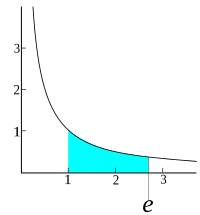
Photo from wikipedia
Interactions between polymers (P) and surfactants (S) in aqueous solution lead to interfacial and aggregation phenomena that are not only of great interest in physical chemistry but also important for… Click to show full abstract
Interactions between polymers (P) and surfactants (S) in aqueous solution lead to interfacial and aggregation phenomena that are not only of great interest in physical chemistry but also important for many industrial applications, such as the development of detergents and fabric softeners. Here, we synthesized two ionic derivatives—sodium carboxymethylcellulose (NaCMC) and quaternized cellulose (QC)—from cellulose recycled from textile wastes and then explored the interactions of these polymers with assorted surfactants—cationic (CTAB, gemini), anionic (SDS, SDBS) and nonionic (TX-100)—commonly used in the textile industry. We obtained surface tension curves of the P/S mixtures by fixing the polymer concentration and then increasing the surfactant concentration. In mixtures where polymer and surfactant are oppositely charged (P−/S+ and P+/S−), a strong association is observed, and from the surface tension curves, we determined the critical aggregation concentration (cac) and critical micelle concentration in the presence of polymer (cmcp). For mixtures of similar charge (P+/S+ and P−/S−), virtually no interactions are observed, with the notable exception of the QC/CTAB system, which is much more surface active than the neat CTAB. We further investigated the effect of oppositely charged P/S mixtures on hydrophilicity by measuring the contact angles of aqueous droplets on a hydrophobic textile substrate. Significantly, both P−/S+ and P+/S− systems greatly enhance the hydrophilicity of the substrate at much lower surfactant concentrations than the surfactant alone (in particular in the QC/SDBS and QC/SDS systems).
Journal Title: Molecules
Year Published: 2023
Link to full text (if available)
Share on Social Media: Sign Up to like & get
recommendations!